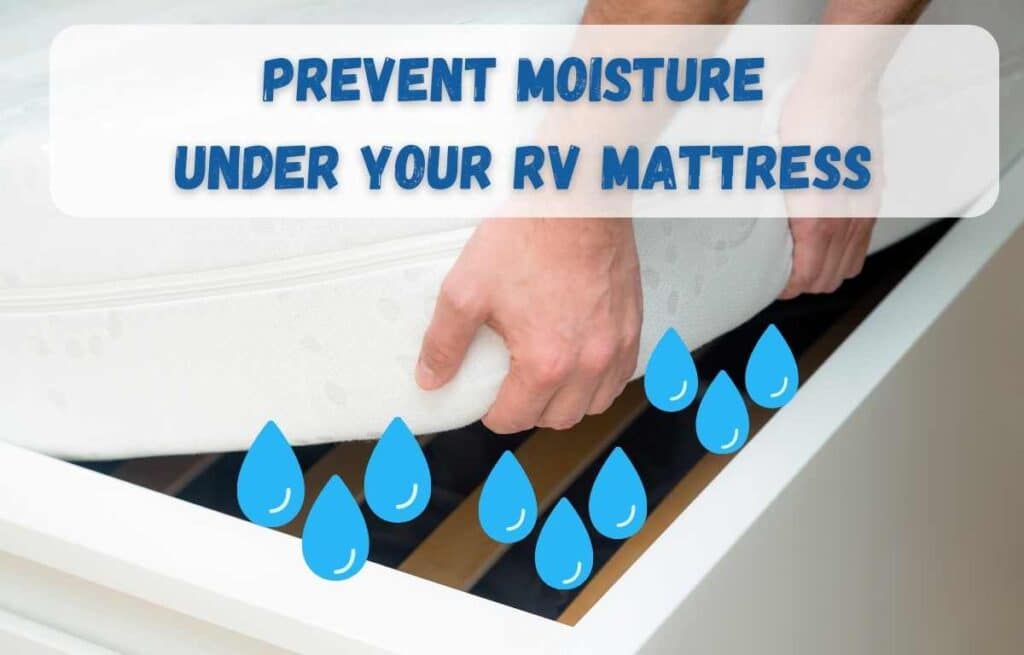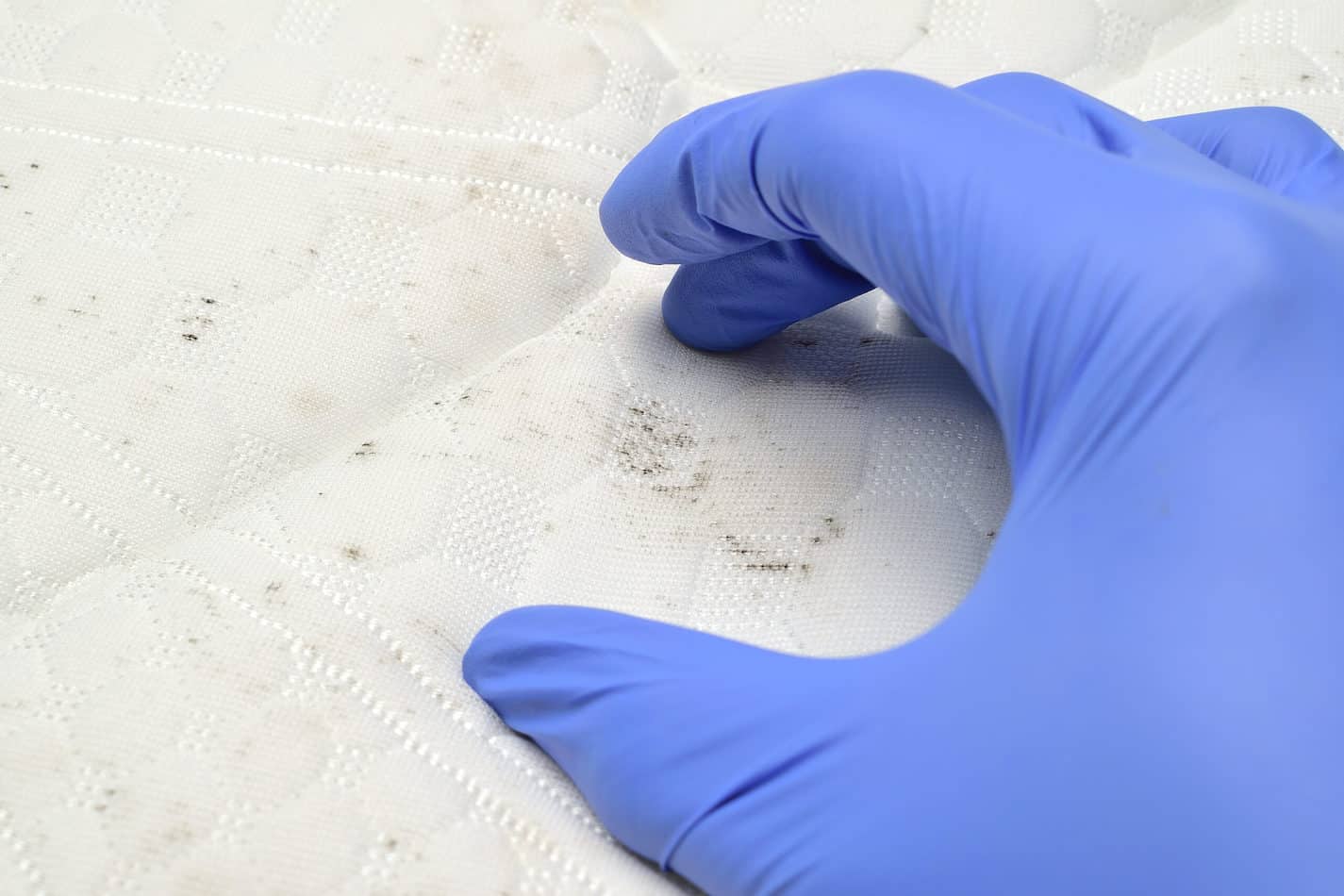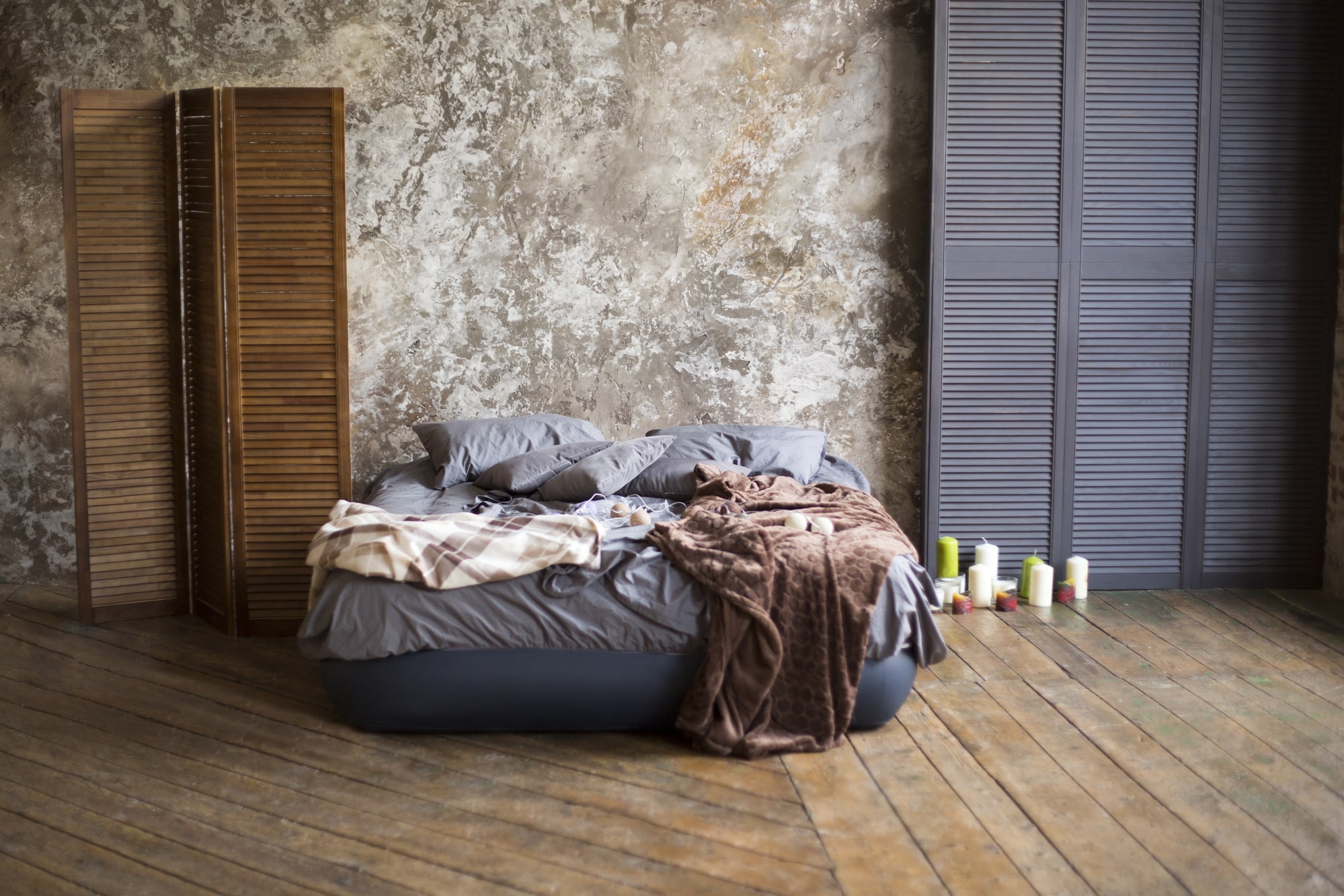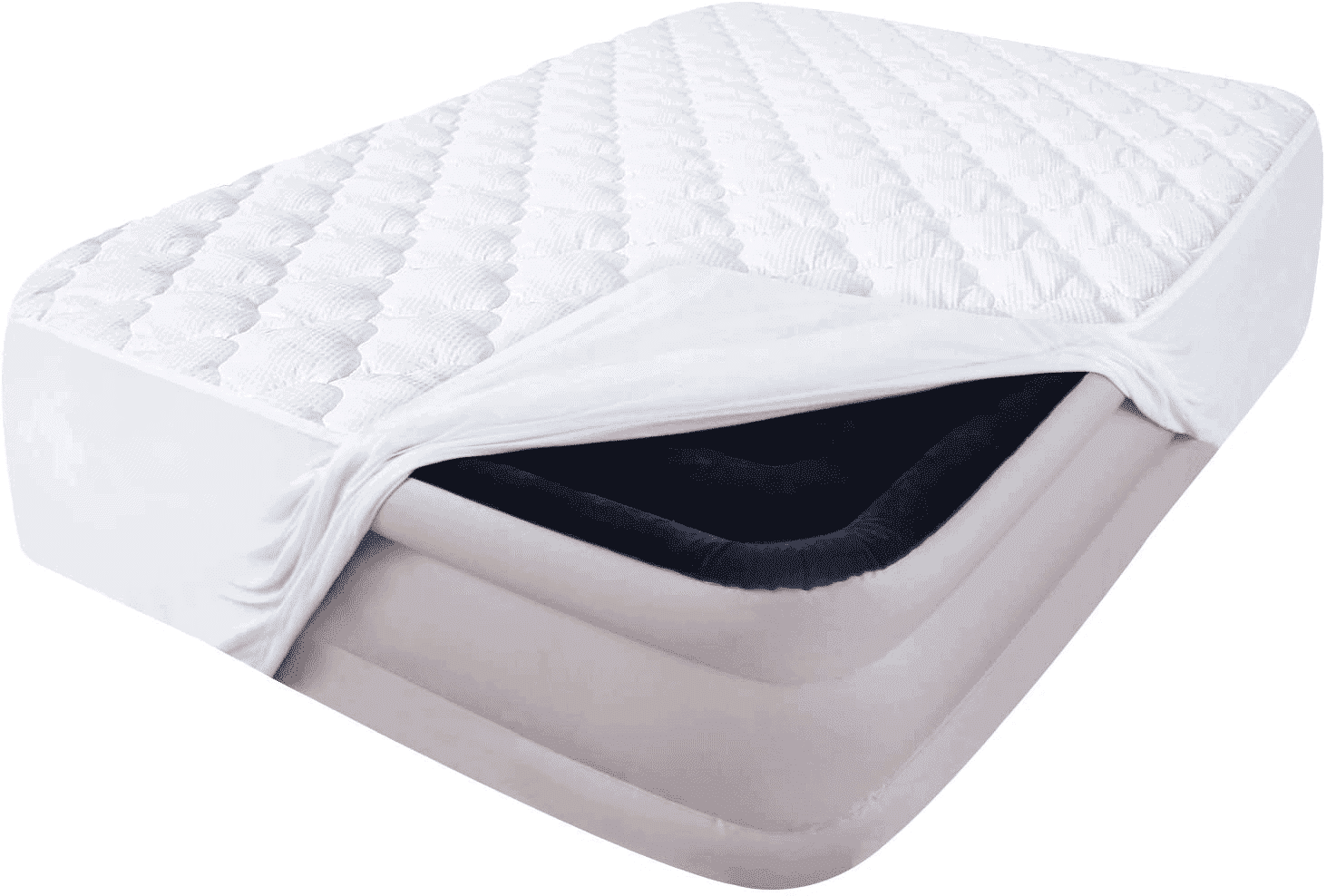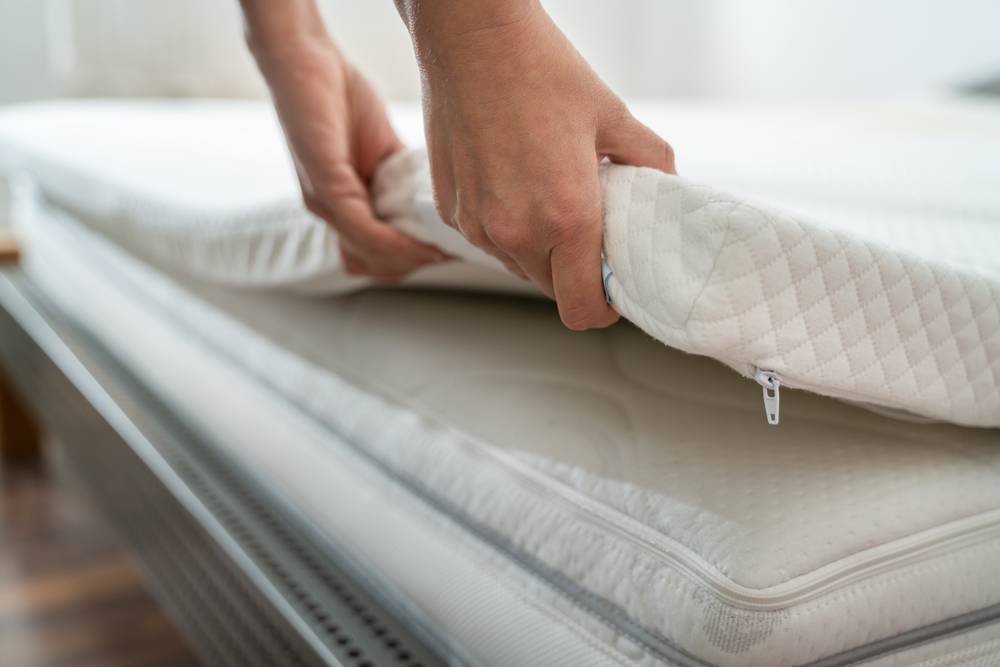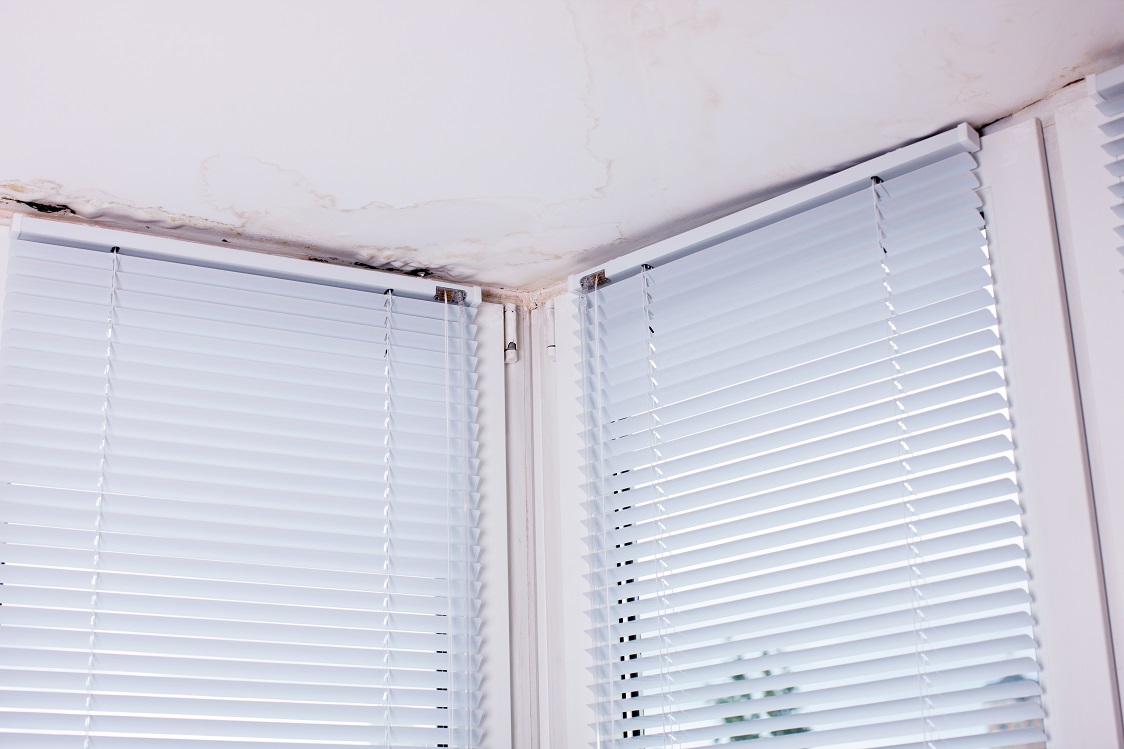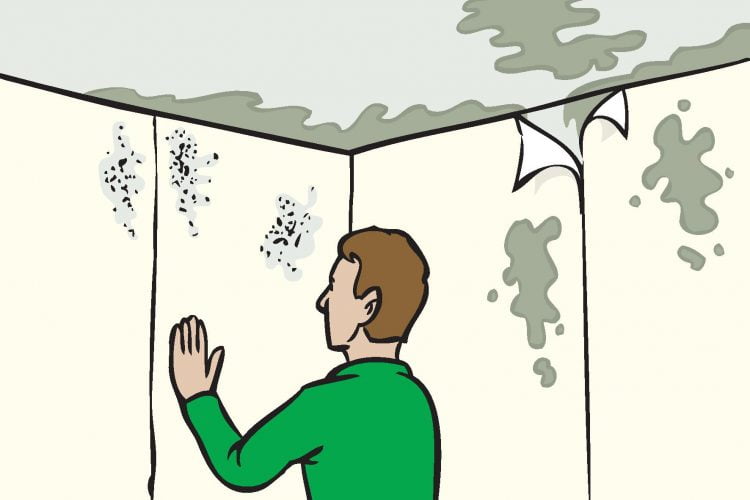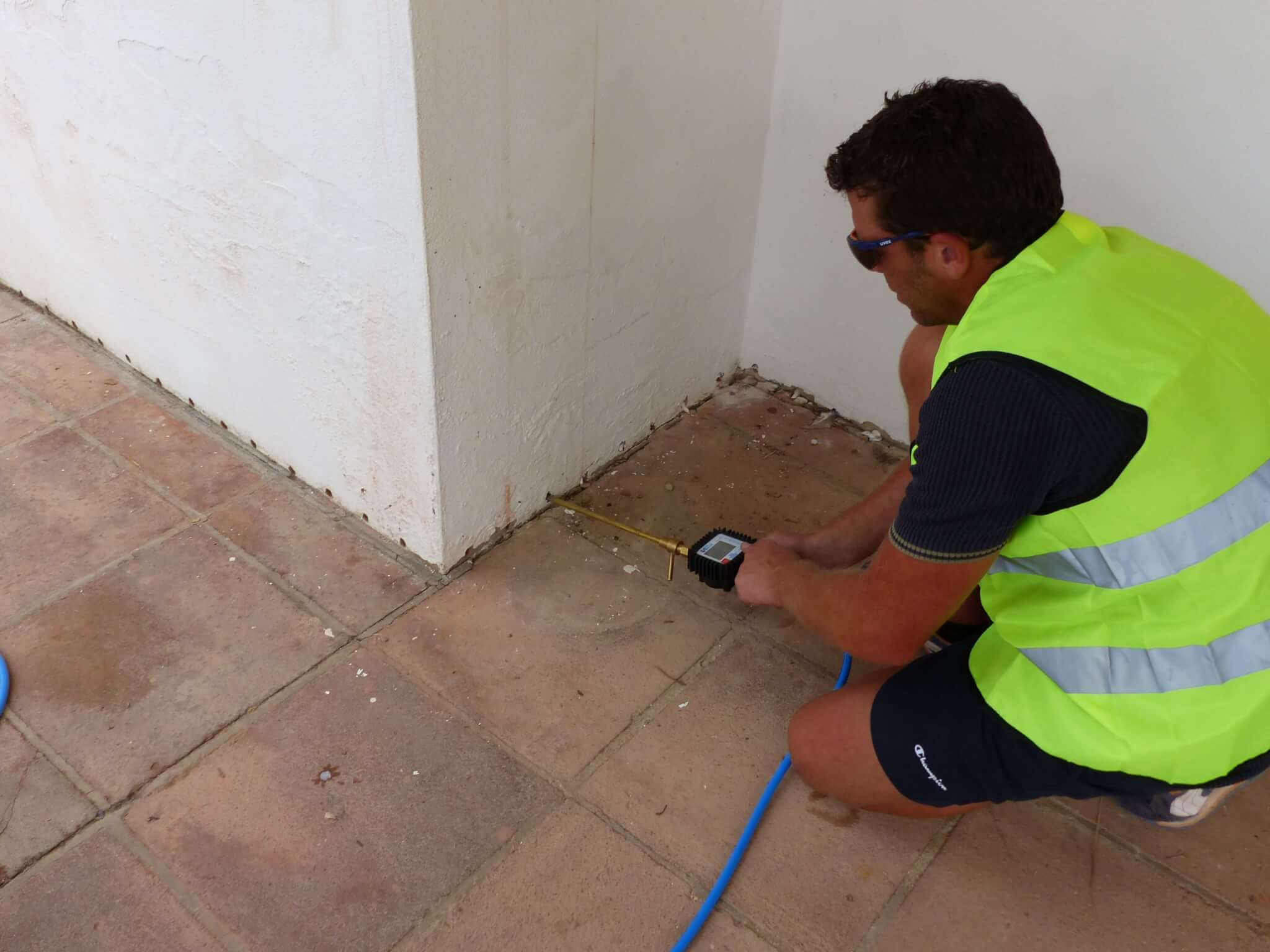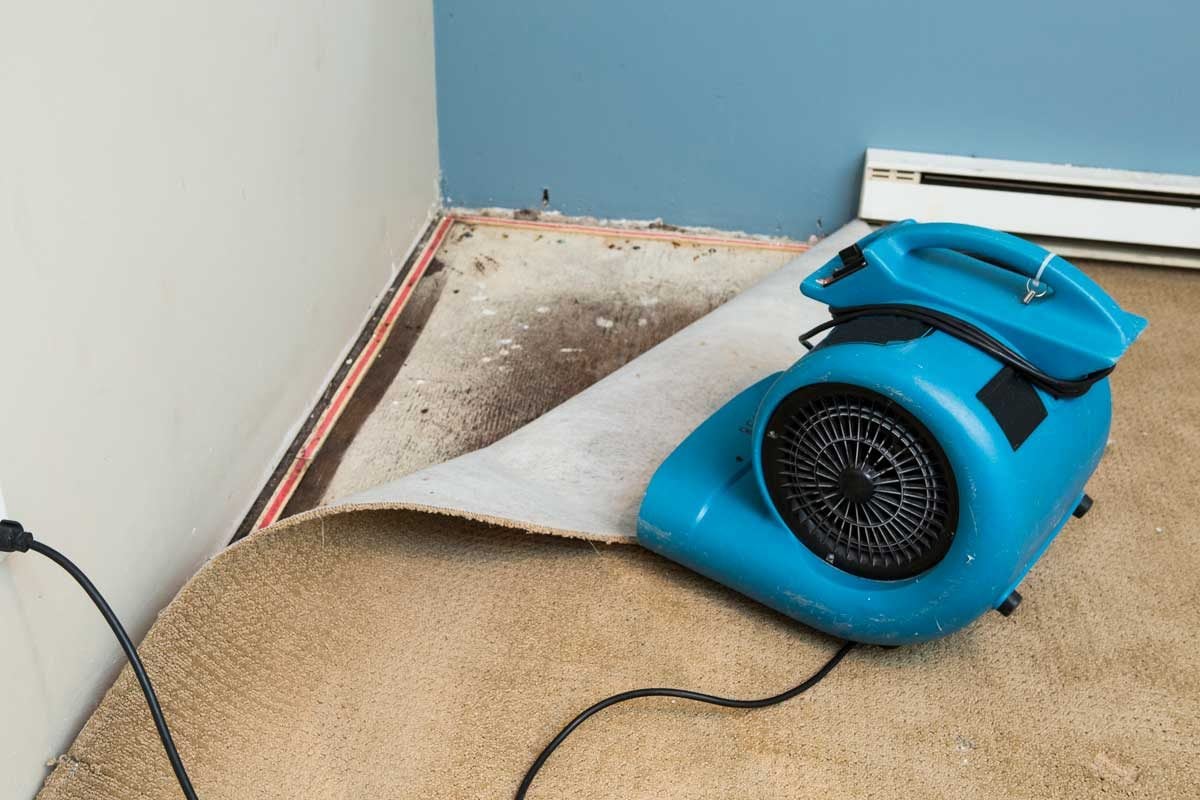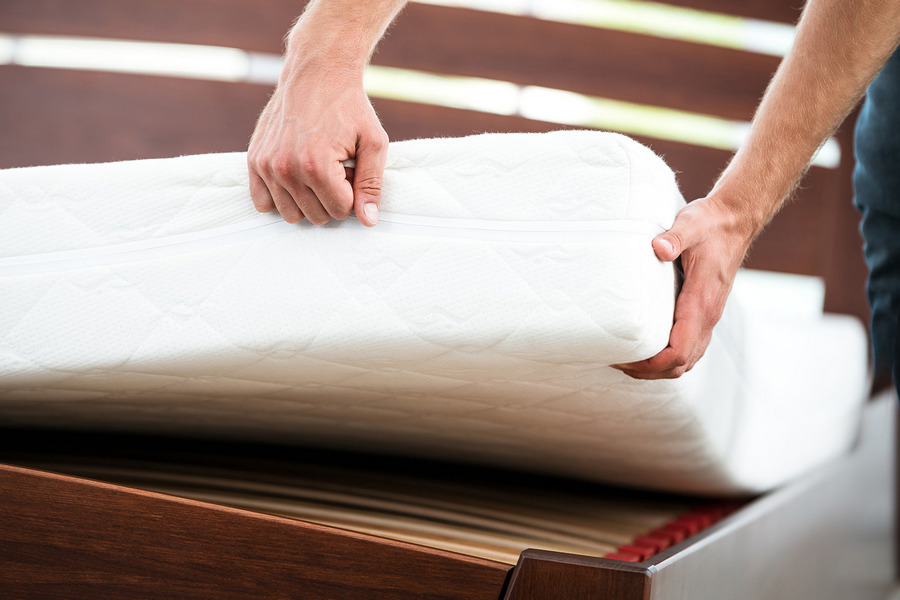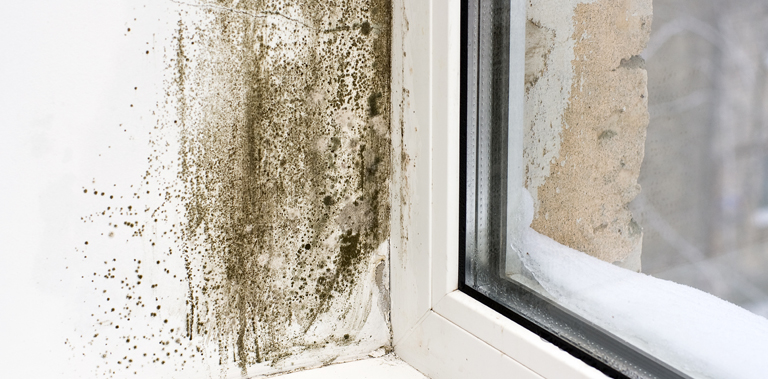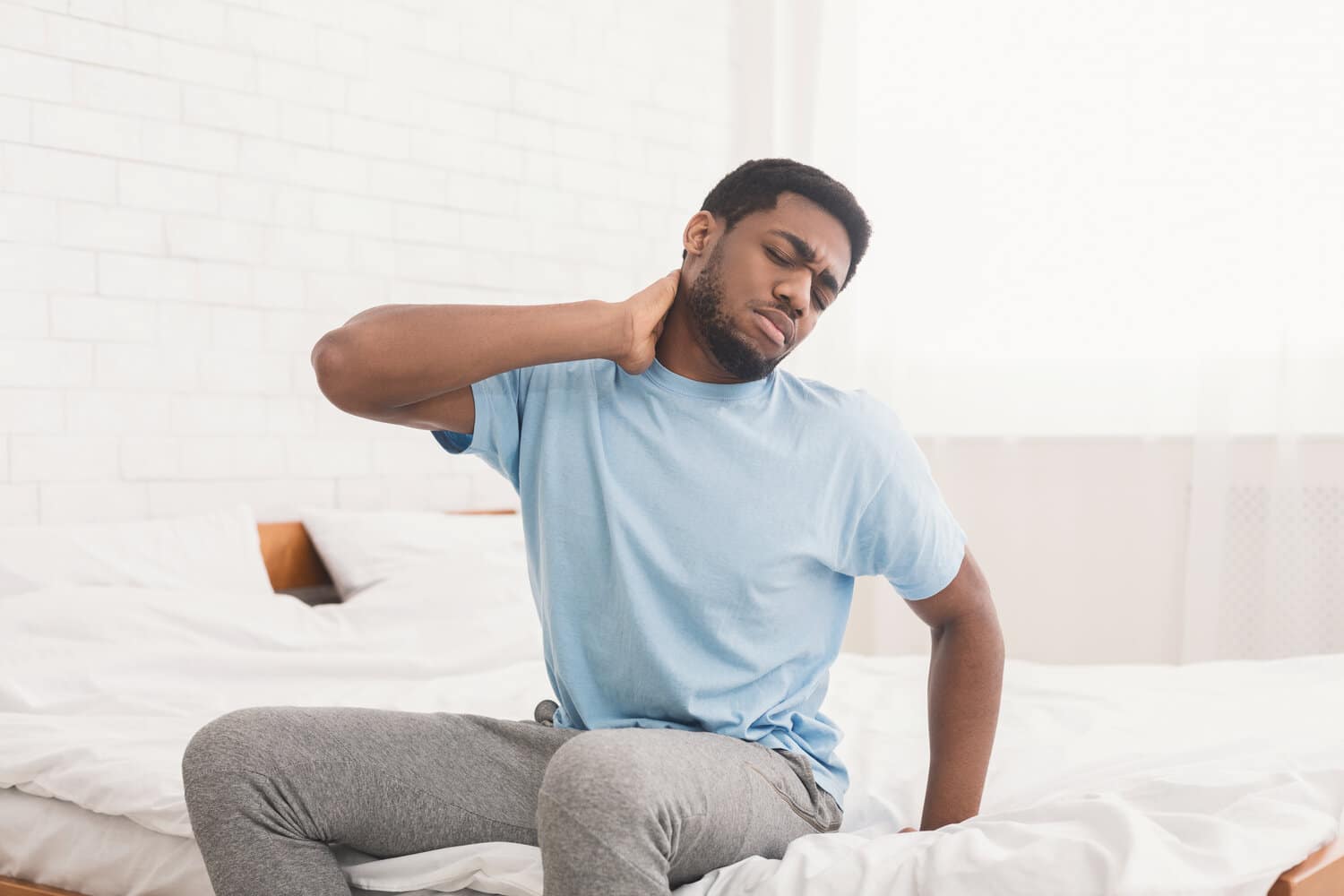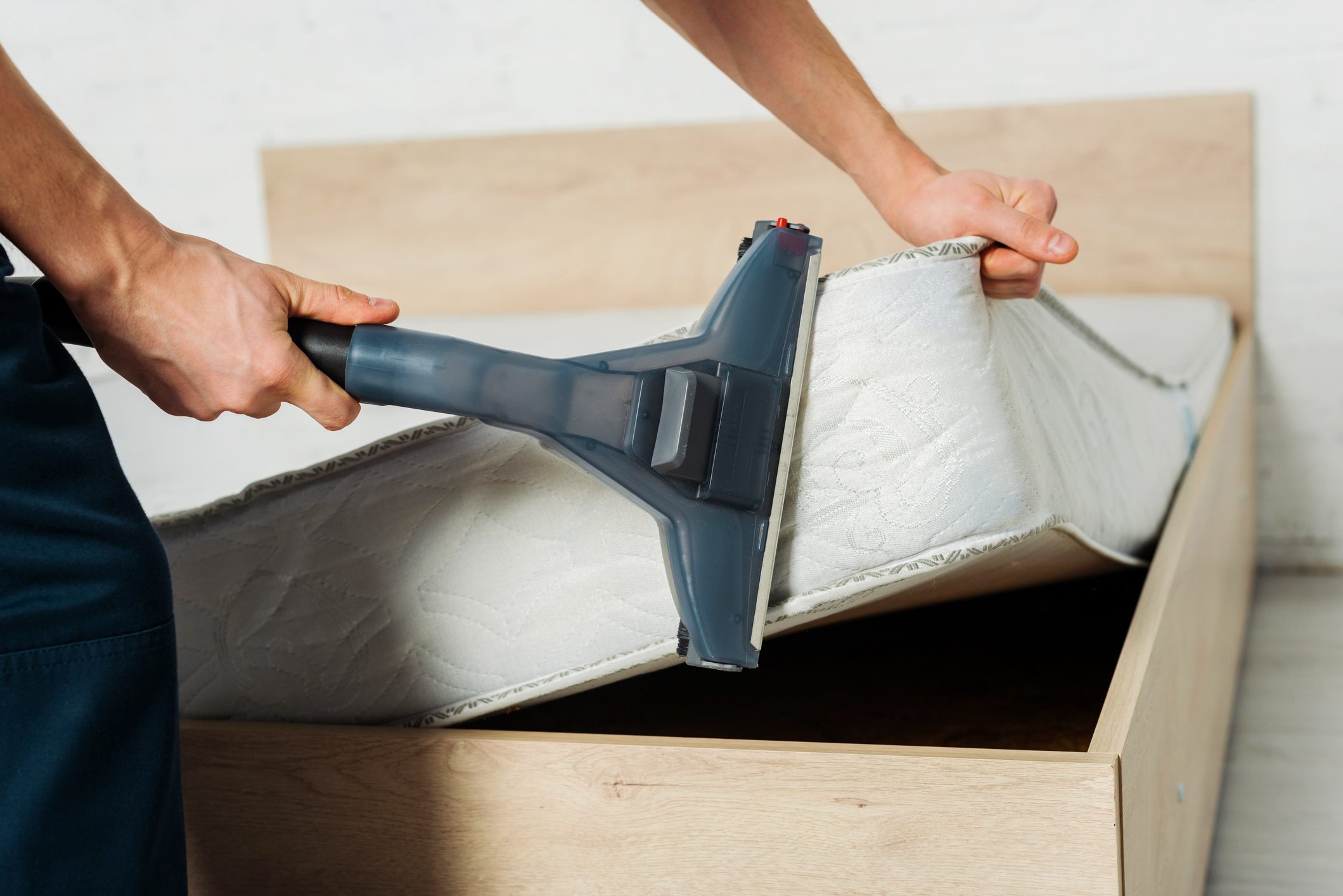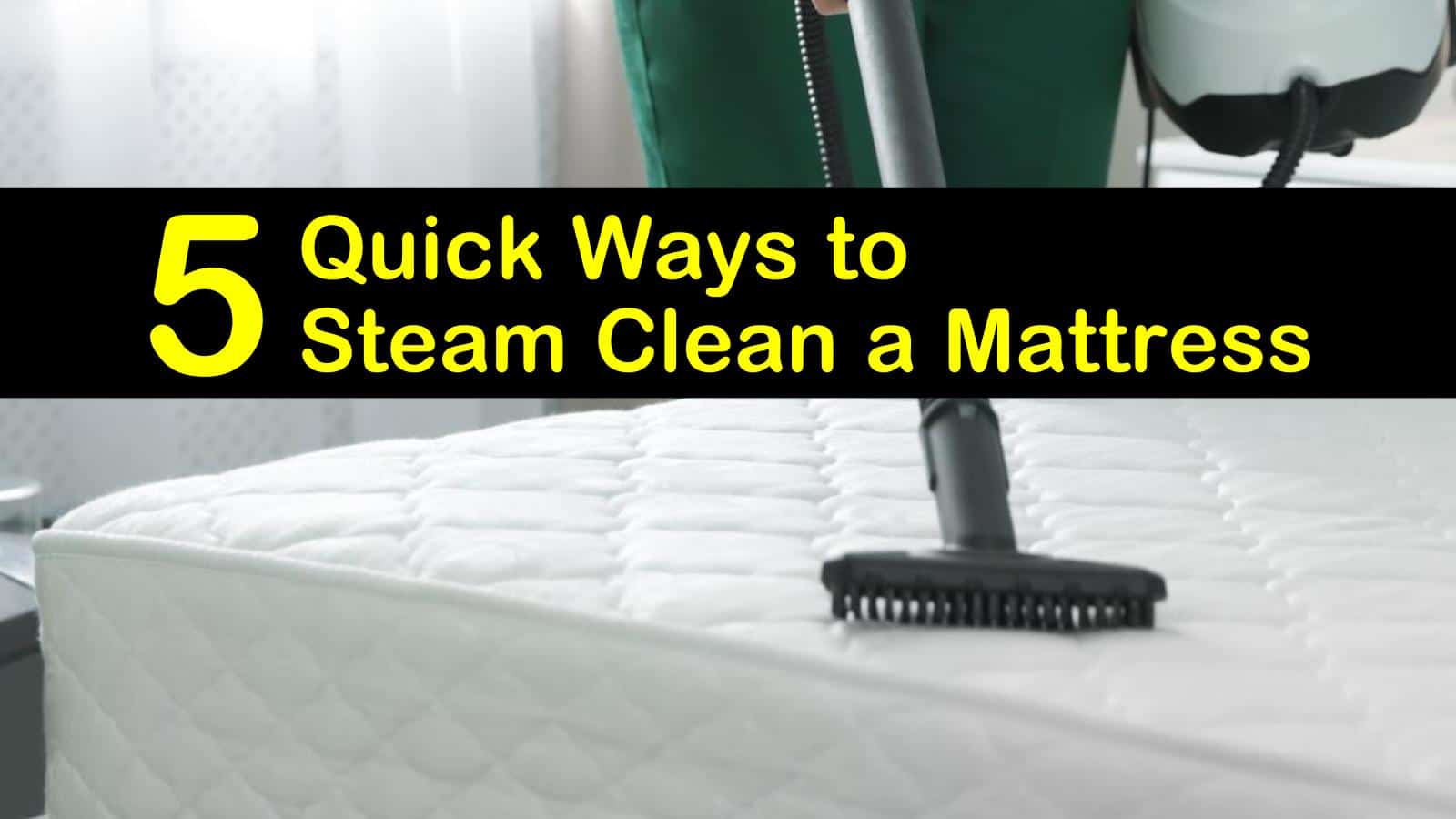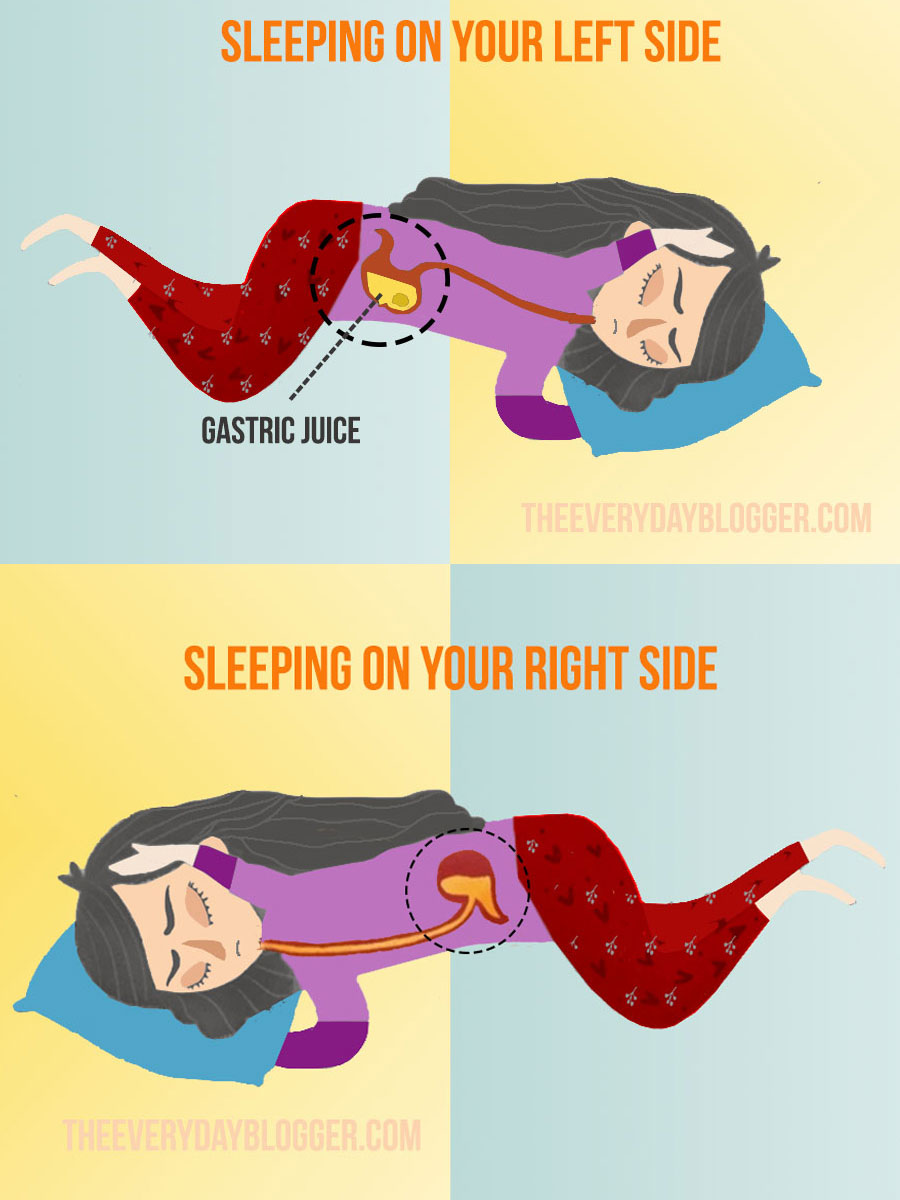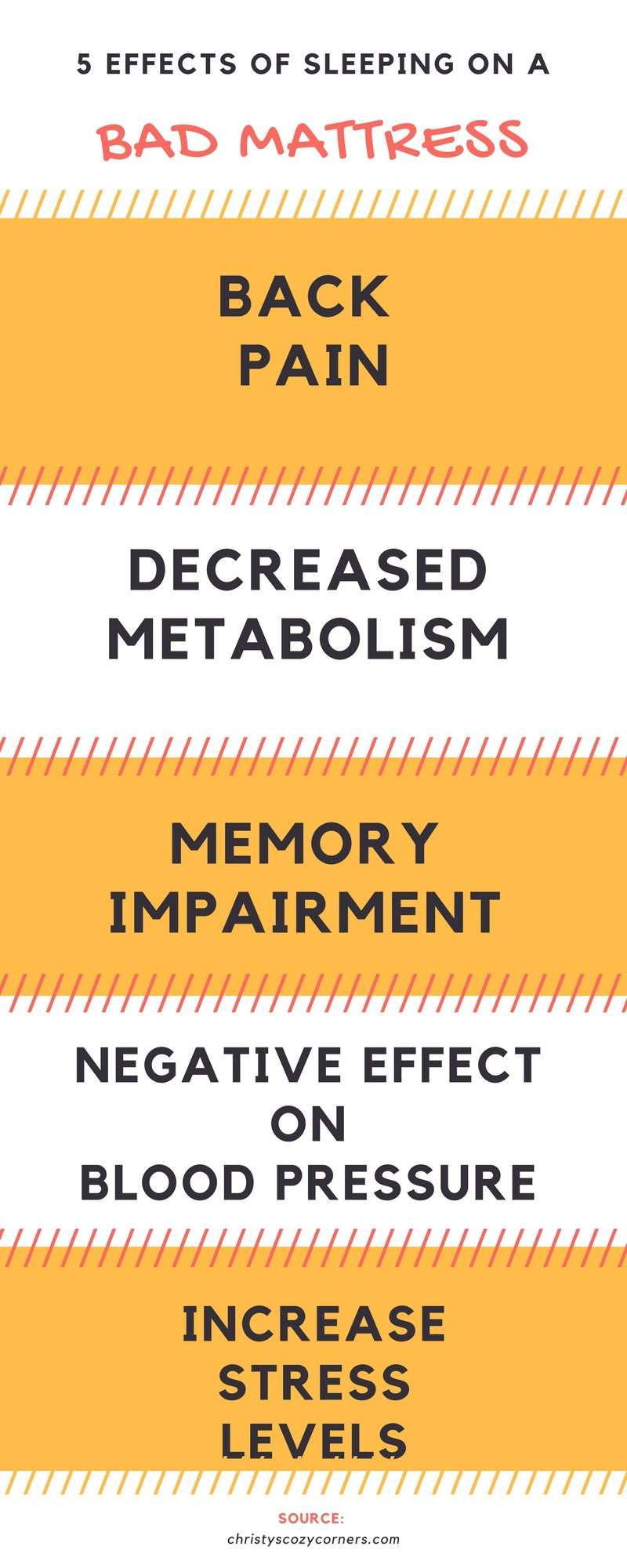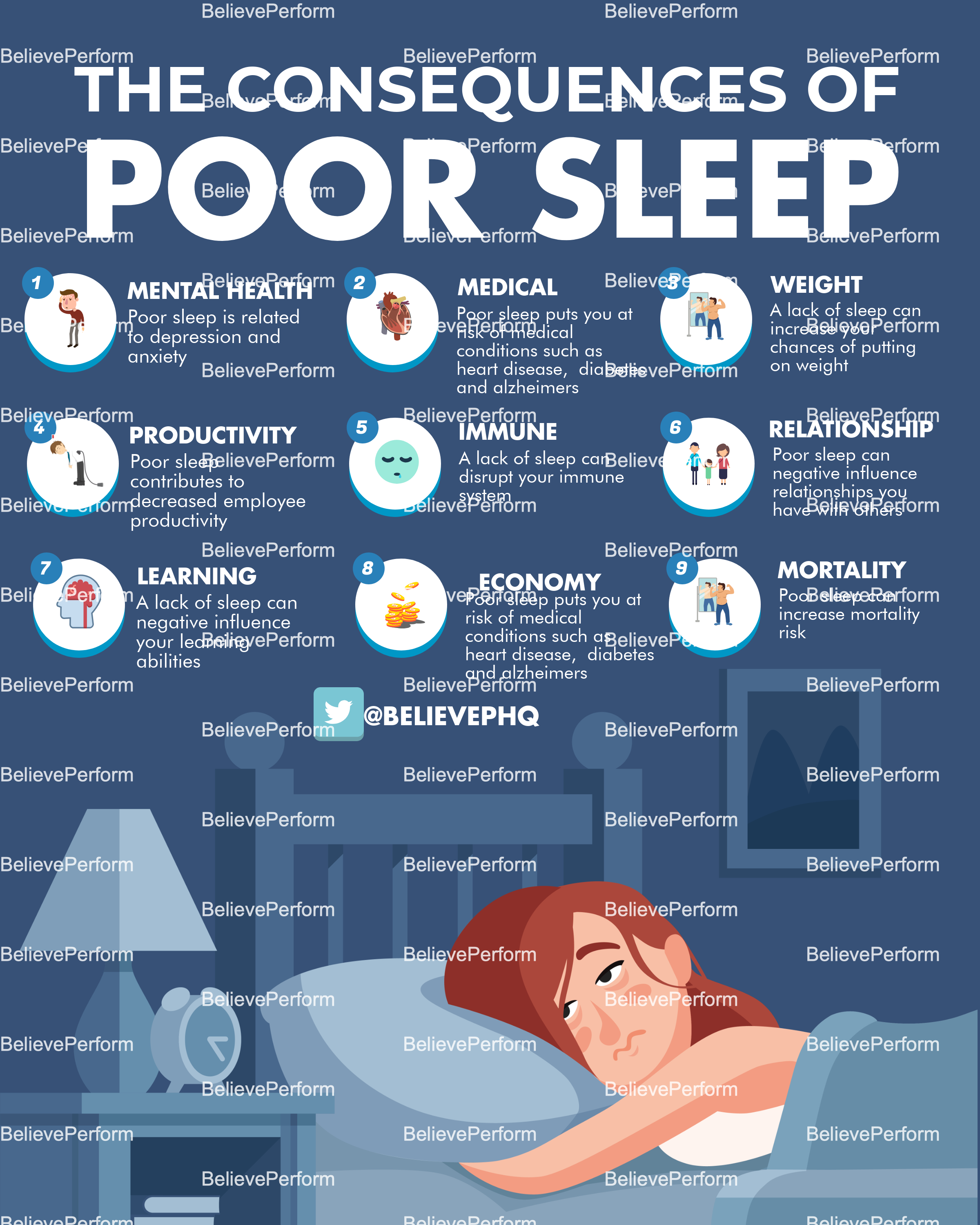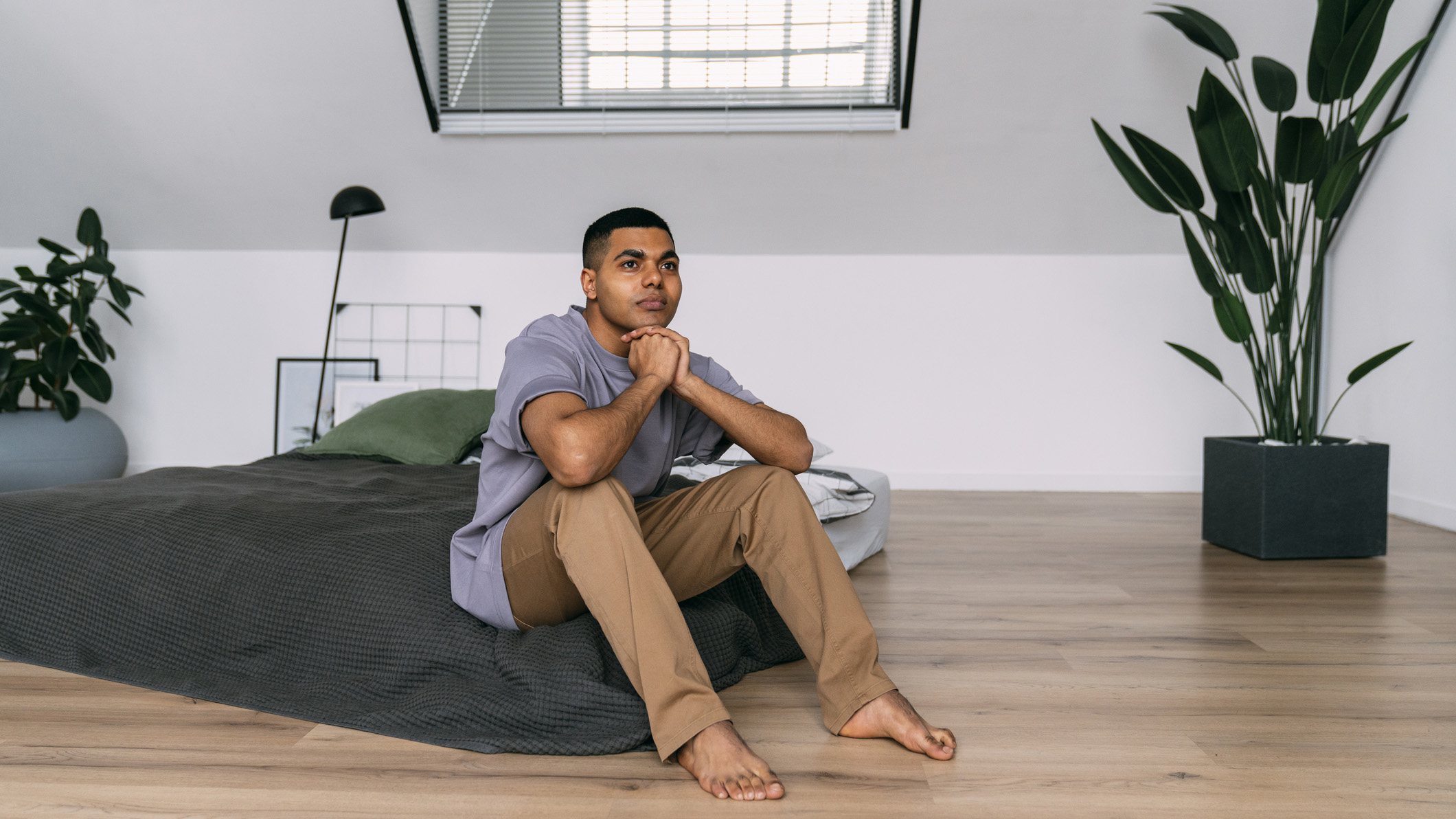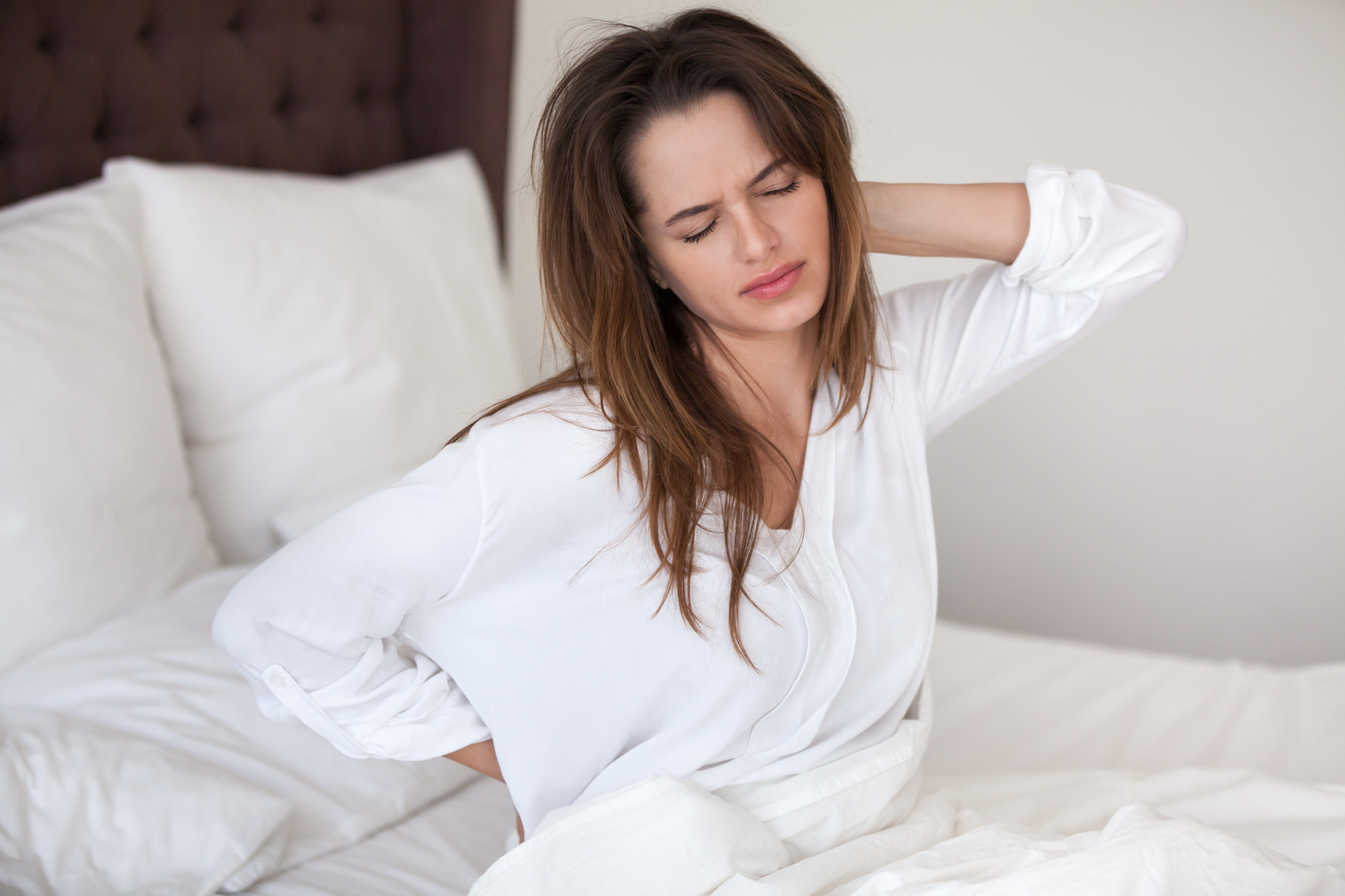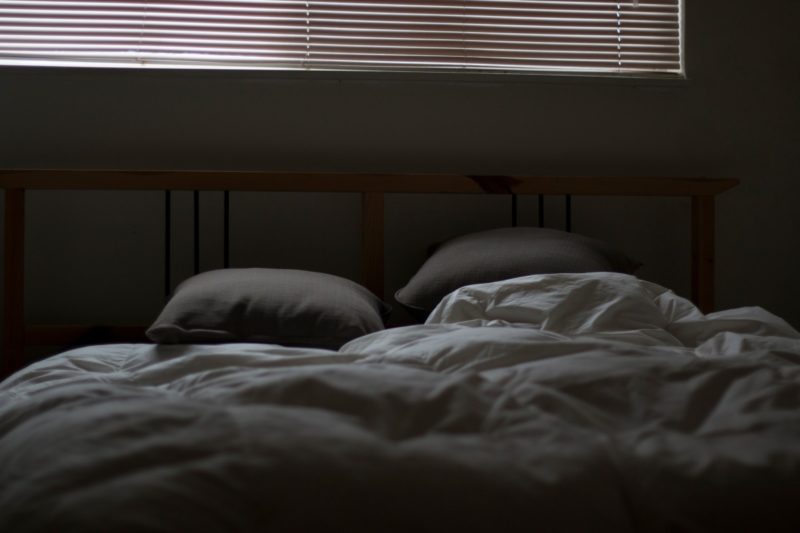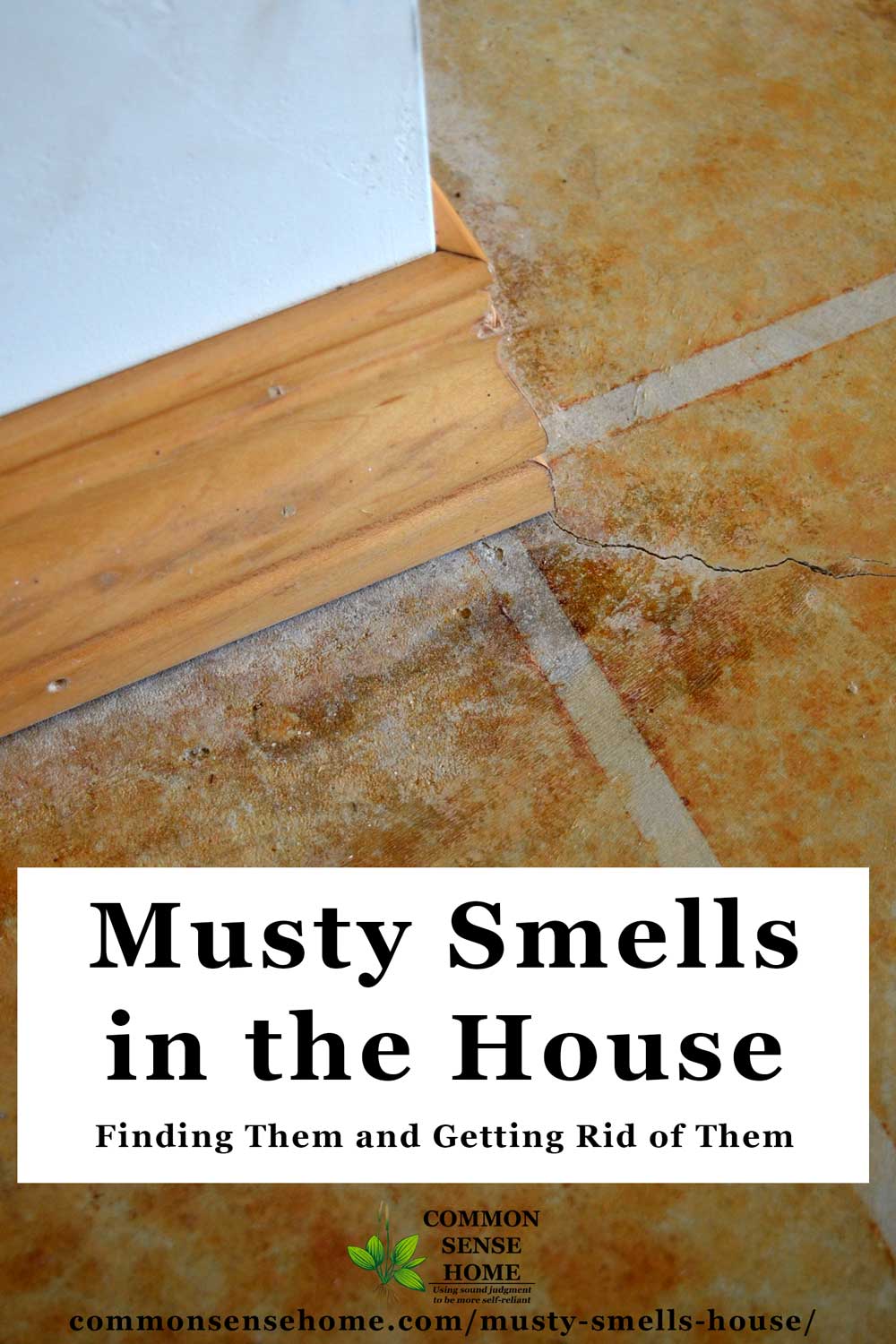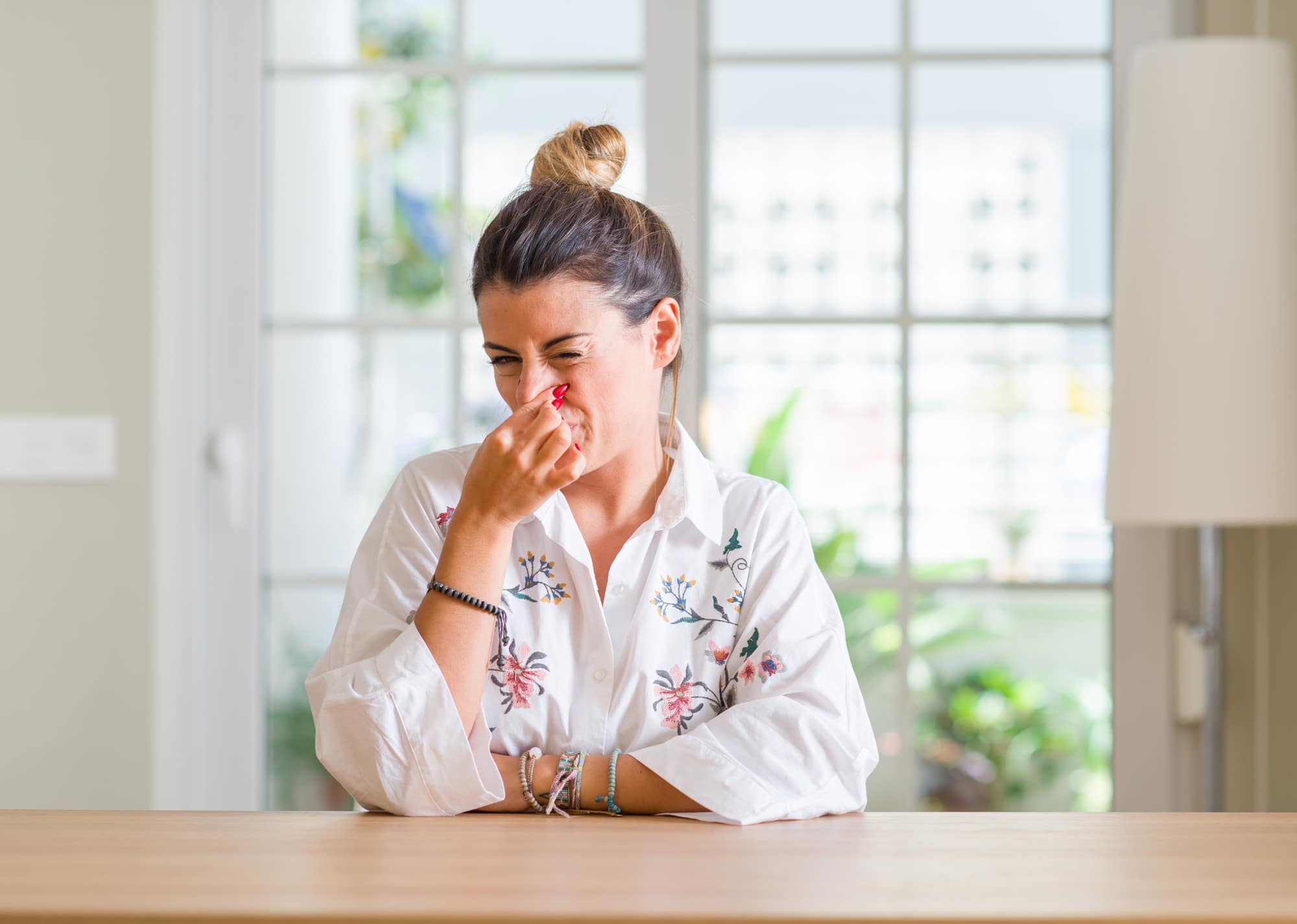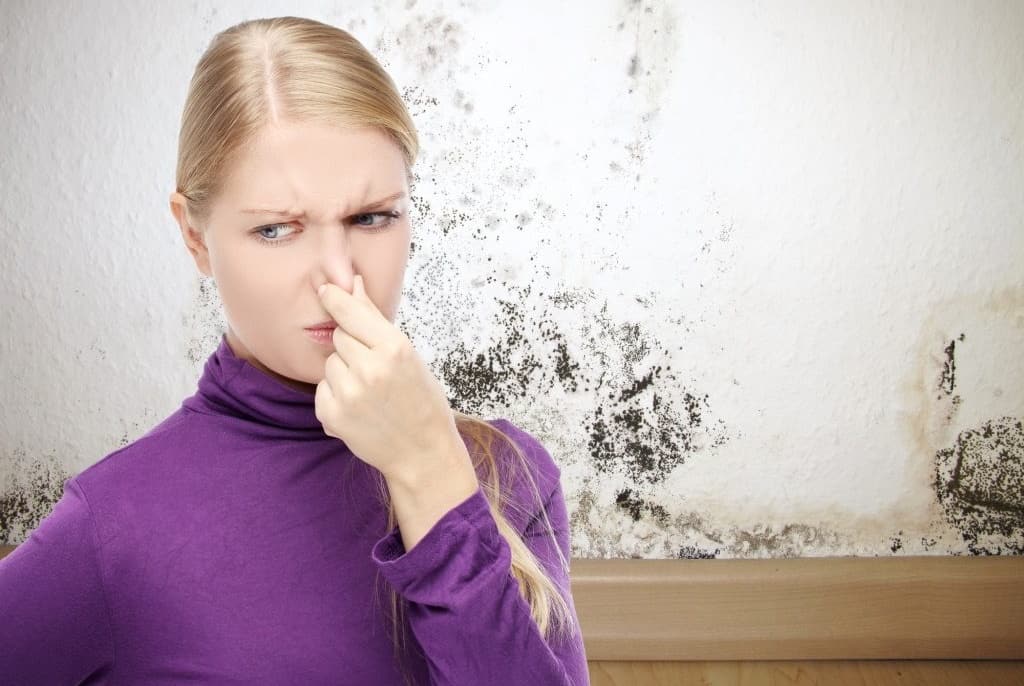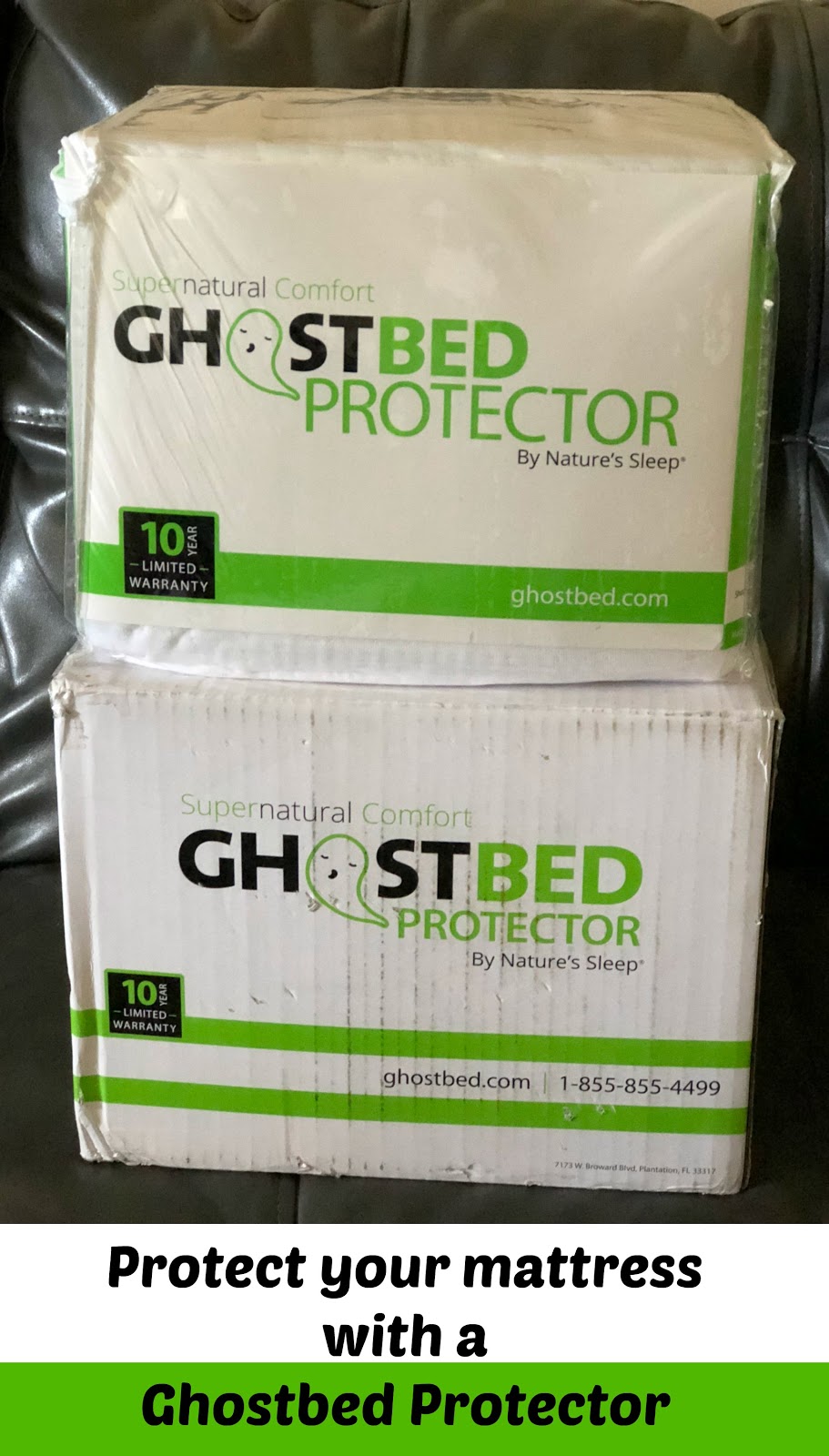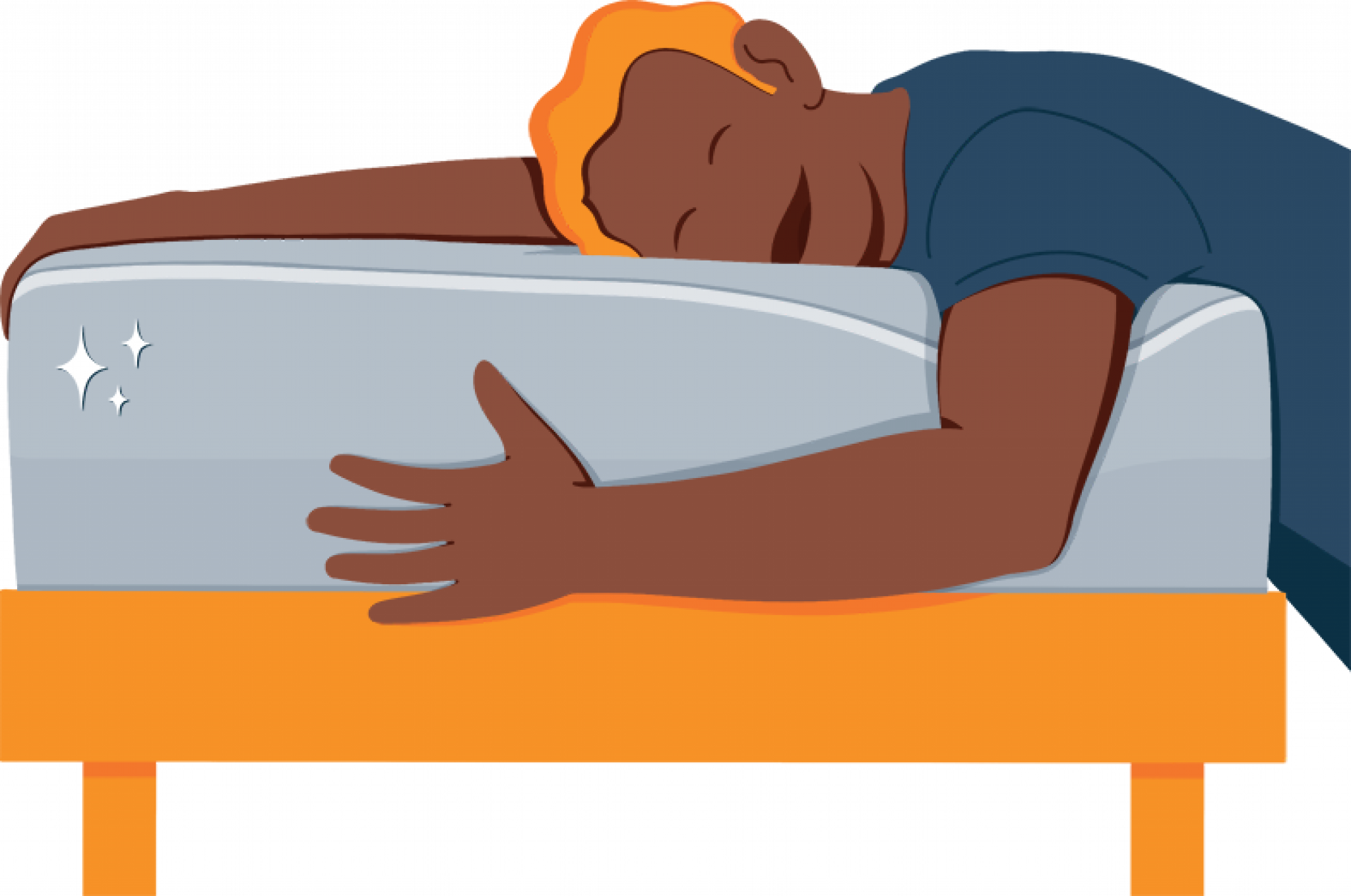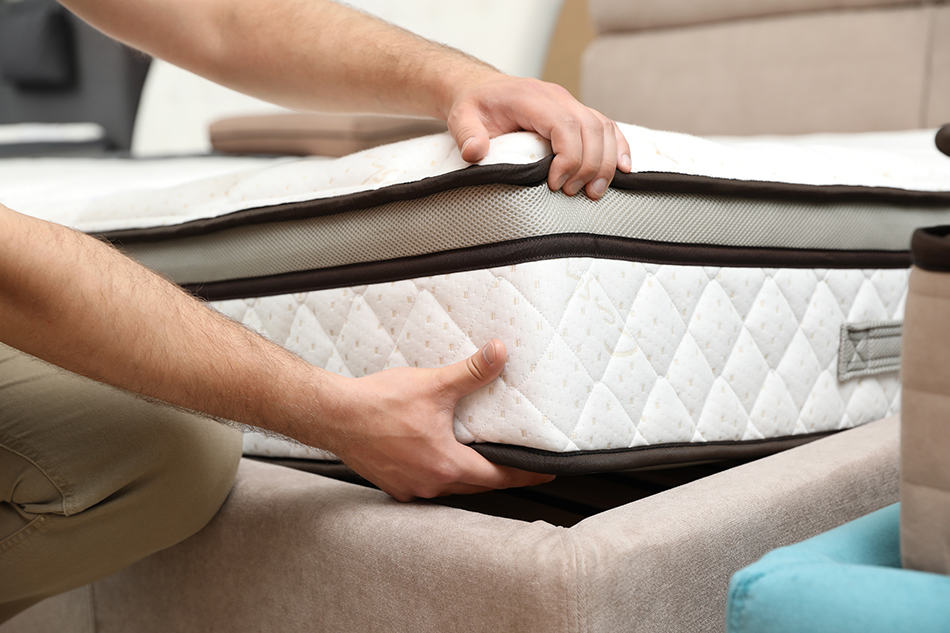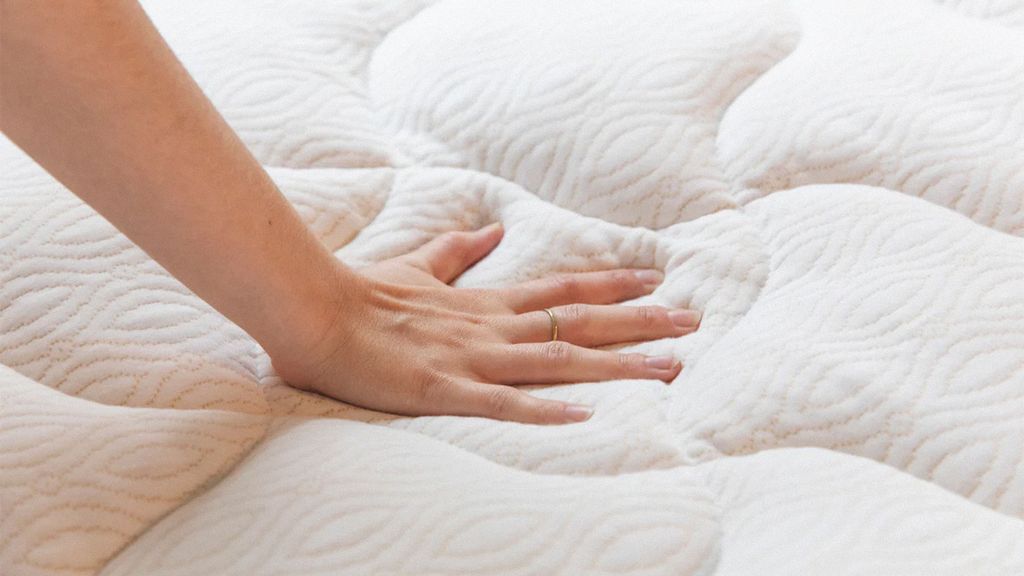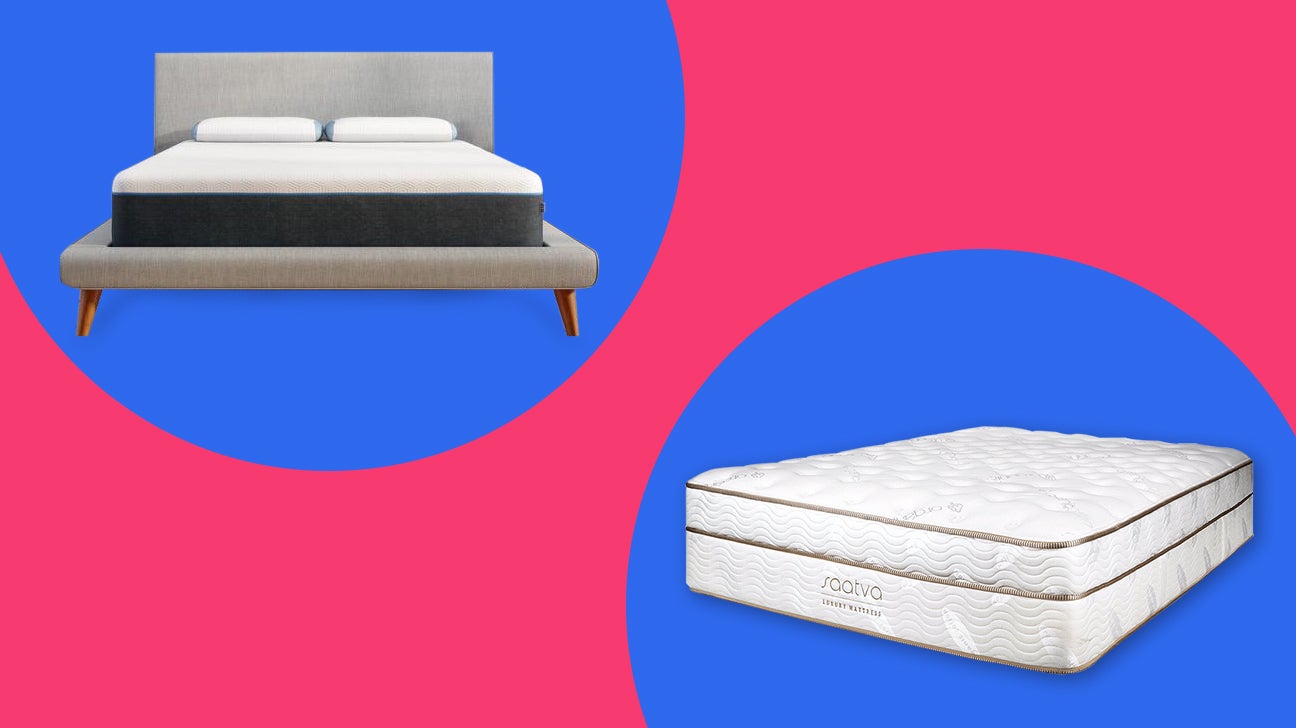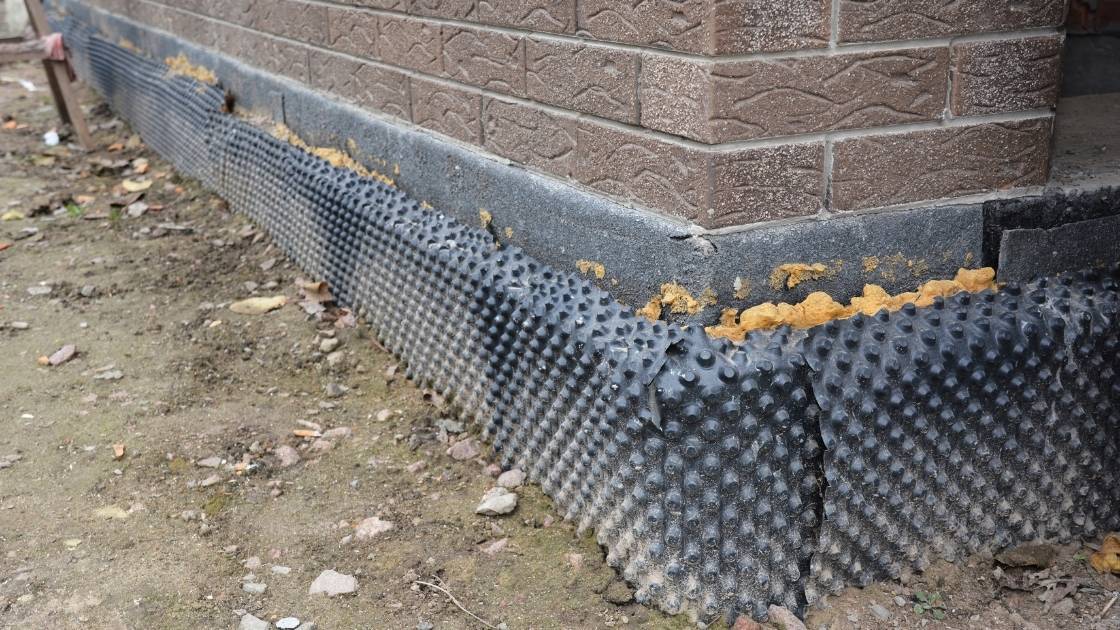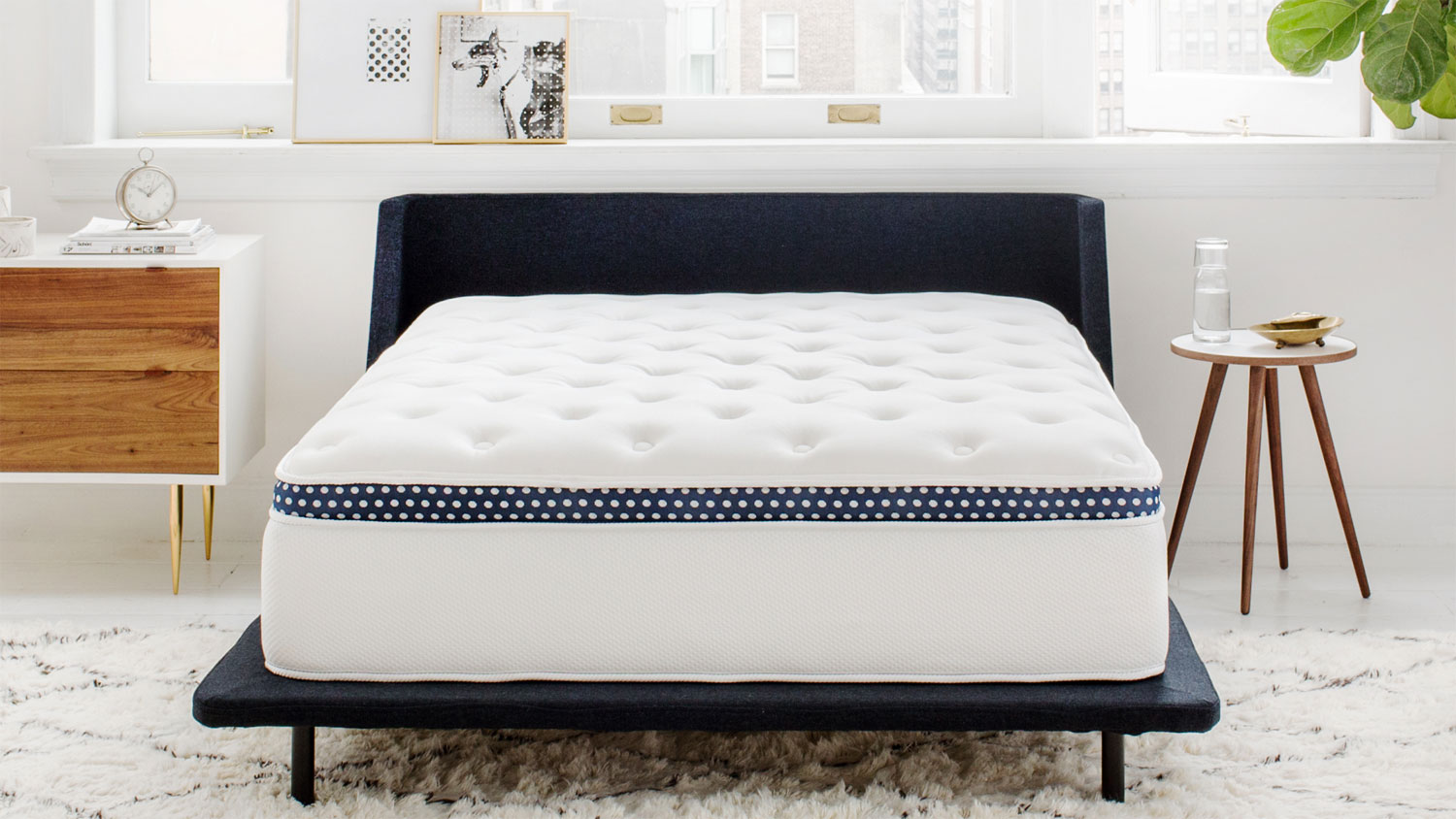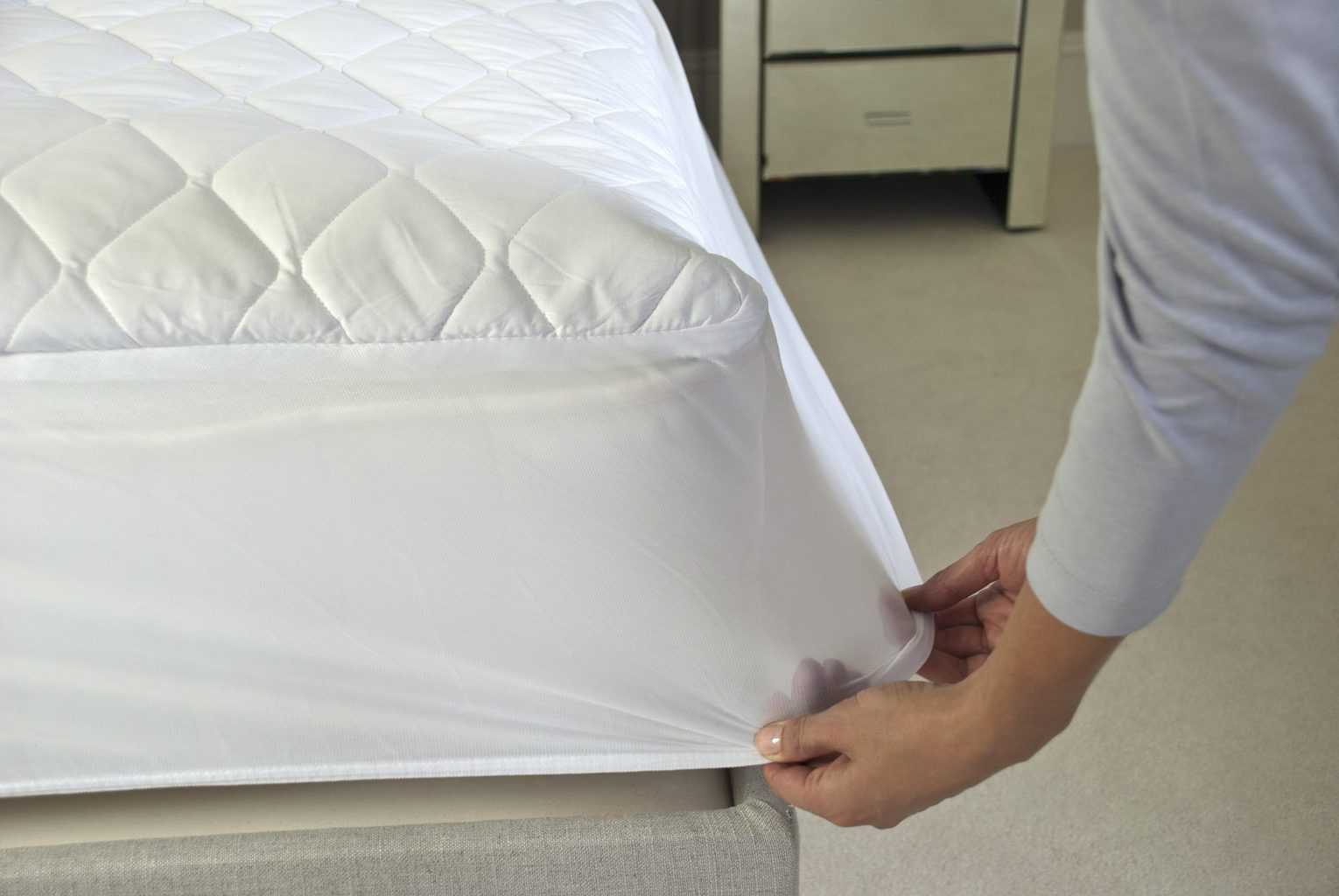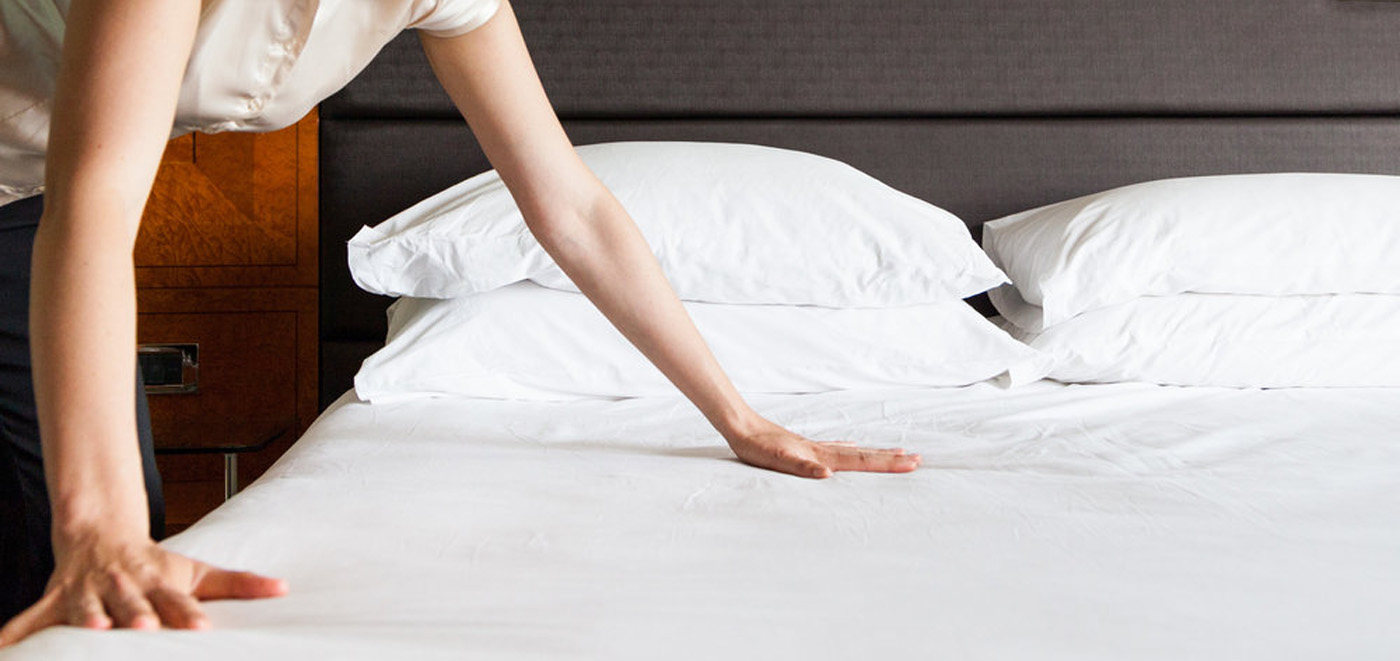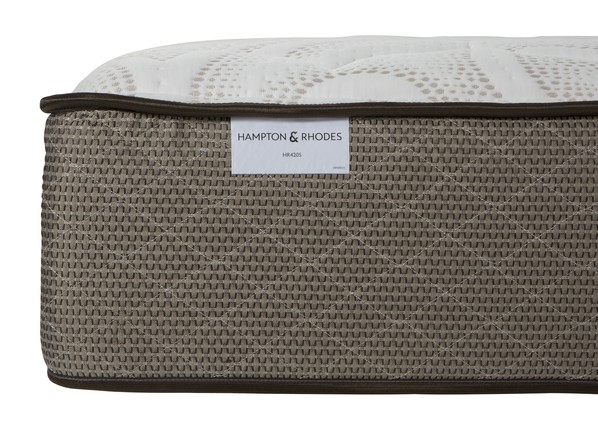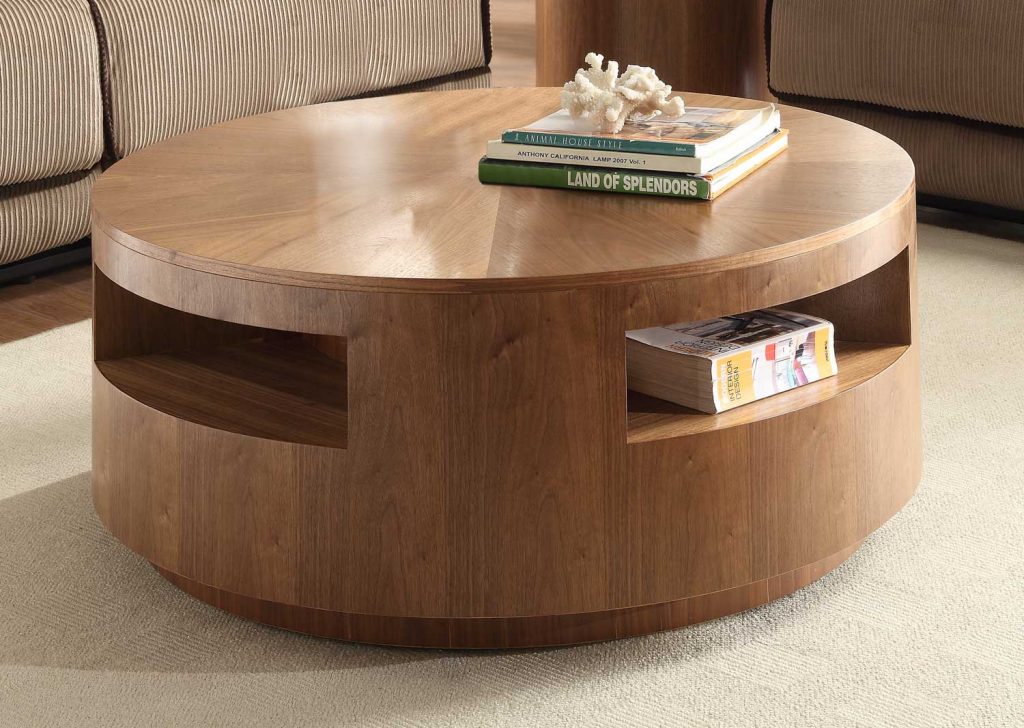If you've ever slept on a damp mattress, you know how uncomfortable and unpleasant it can be. But did you know that it can also be dangerous for your health? Damp mattresses are a breeding ground for mold and bacteria, which can cause a variety of health issues. To protect yourself and your family, it's important to know how to prevent mold on a damp mattress.How to Prevent Mold on a Damp Mattress
Sleeping on a damp mattress can lead to a number of health problems, including respiratory issues, allergies, and skin irritations. Mold and bacteria thrive in damp environments, and when you sleep on a damp mattress, you're breathing in these harmful substances all night long. This can lead to a weakened immune system and other health issues.The Dangers of Sleeping on a Damp Mattress
If you've discovered that your mattress is damp, the first step is to dry it out as soon as possible. Start by stripping off all the bedding and removing the mattress from the bed frame. If possible, take it outside to dry in the sun. If you can't take it outside, use a fan to circulate air around the mattress and speed up the drying process. It's important to make sure the mattress is completely dry before using it again.How to Dry Out a Damp Mattress
It's important to regularly check your mattress for signs of dampness, especially if you live in a humid climate or have experienced a flood or water leak. Some common signs of a damp mattress include a musty smell, visible mold or mildew, and discoloration or stains on the mattress. If you notice any of these signs, it's important to take action immediately to prevent further damage.Signs That Your Mattress is Damp
If your mattress is damp and has visible mold or mildew, it's important to clean it thoroughly. Start by mixing a solution of equal parts water and white vinegar in a spray bottle. Spray the solution onto the affected areas of the mattress and let it sit for 15-20 minutes. Then, use a clean cloth to gently scrub the area and remove any mold or mildew. Finally, use a fan or hairdryer on a low setting to dry the mattress completely.How to Clean a Damp Mattress
As mentioned earlier, sleeping on a damp mattress can have serious consequences for your health. In addition to respiratory issues and allergies, mold and bacteria can also cause skin irritations and even infections. It's important to keep your mattress dry and clean to protect yourself and your loved ones.Why Sleeping on a Damp Mattress is Bad for Your Health
If your mattress has a musty smell due to dampness, there are a few steps you can take to get rid of it. Start by sprinkling baking soda all over the mattress and letting it sit for a few hours. Then, vacuum the baking soda off the mattress. You can also try using a mixture of water and white vinegar to spray the mattress and eliminate any lingering odors. Just make sure to let the mattress dry completely before using it again.How to Get Rid of Musty Smell from a Damp Mattress
Prevention is key when it comes to protecting your mattress from dampness. Make sure to use a waterproof mattress protector to prevent any moisture from seeping into the mattress. It's also a good idea to regularly rotate and flip your mattress to allow for even wear and to prevent any areas from becoming damp.How to Protect Your Mattress from Dampness
If you live in a humid climate or are prone to spills and accidents, it's important to invest in a mattress that is specifically designed to prevent dampness. Look for a mattress made with moisture-resistant materials, such as latex or memory foam. These types of mattresses are less likely to retain moisture and are easier to clean and dry in case of any accidents.The Best Mattress for Preventing Dampness
In the unfortunate event of a flood, your mattress may become completely soaked. In this case, it's important to take immediate action to prevent mold and bacteria growth. Start by removing the mattress from the flooded area and drying it outside if possible. You can also use a wet/dry vacuum to extract any excess water from the mattress. Once the mattress is dry, you can use a disinfectant spray to kill any remaining bacteria and mold spores.How to Dry a Mattress After a Flood
The Importance of a Dry Mattress for a Good Night's Sleep
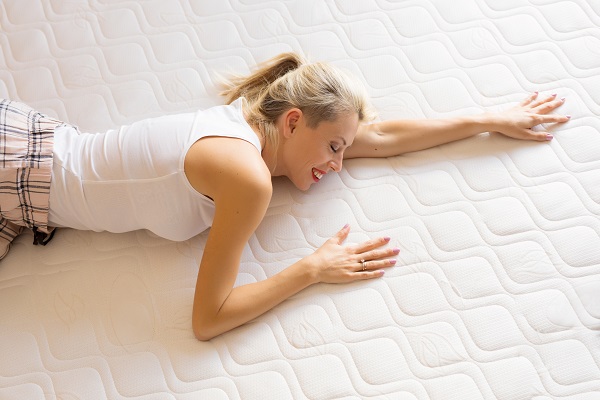
How a Damp Mattress Affects Your Sleep
 We all know the importance of a good night's sleep for our overall health and well-being. However, did you know that the condition of your mattress can greatly impact the quality of your sleep? Sleeping on a damp mattress is a common problem that many people face, and it can have serious consequences on your health.
Moisture and mold
are the main culprits of a damp mattress. When we sleep, our bodies release sweat and moisture, which can seep into the mattress over time. If the moisture is not properly dried, it can create the perfect breeding ground for mold and mildew. Not only can this lead to unpleasant odors, but it can also cause respiratory issues and allergic reactions.
We all know the importance of a good night's sleep for our overall health and well-being. However, did you know that the condition of your mattress can greatly impact the quality of your sleep? Sleeping on a damp mattress is a common problem that many people face, and it can have serious consequences on your health.
Moisture and mold
are the main culprits of a damp mattress. When we sleep, our bodies release sweat and moisture, which can seep into the mattress over time. If the moisture is not properly dried, it can create the perfect breeding ground for mold and mildew. Not only can this lead to unpleasant odors, but it can also cause respiratory issues and allergic reactions.
The Effects of Sleeping on a Damp Mattress
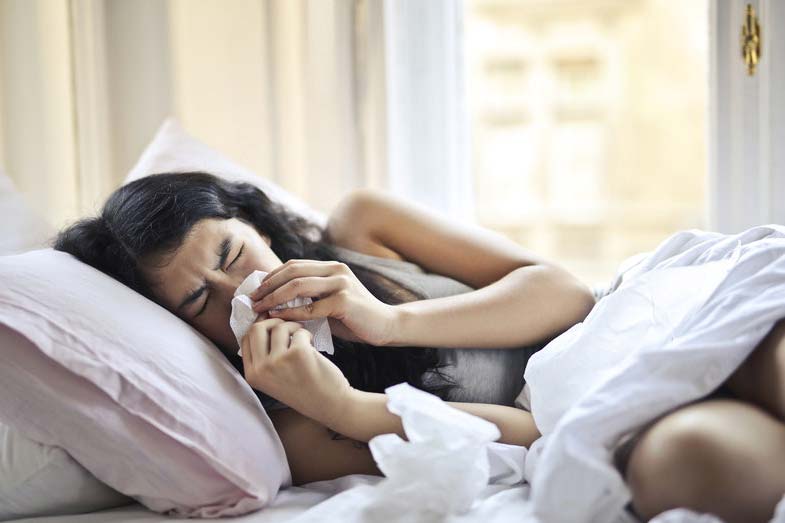 The effects of sleeping on a damp mattress can be far-reaching. The most obvious consequence is a lack of
comfort
and a disrupted sleep cycle. A damp mattress can feel cold and clammy, making it difficult to fall asleep and stay asleep throughout the night. This can lead to fatigue, irritability, and difficulty concentrating during the day.
Moreover,
health issues
can also arise from sleeping on a damp mattress. As mentioned earlier, mold and mildew can trigger respiratory problems and allergies. This is especially concerning for individuals with pre-existing respiratory conditions such as asthma. Additionally, prolonged exposure to mold can also weaken the immune system, leaving you more susceptible to illnesses.
The effects of sleeping on a damp mattress can be far-reaching. The most obvious consequence is a lack of
comfort
and a disrupted sleep cycle. A damp mattress can feel cold and clammy, making it difficult to fall asleep and stay asleep throughout the night. This can lead to fatigue, irritability, and difficulty concentrating during the day.
Moreover,
health issues
can also arise from sleeping on a damp mattress. As mentioned earlier, mold and mildew can trigger respiratory problems and allergies. This is especially concerning for individuals with pre-existing respiratory conditions such as asthma. Additionally, prolonged exposure to mold can also weaken the immune system, leaving you more susceptible to illnesses.
How to Prevent a Damp Mattress
 Prevention is always better than cure, and this applies to keeping your mattress dry as well. The first step is to ensure that your bedroom is well-ventilated.
Airflow
is crucial in preventing moisture buildup. If possible, open the windows or use a fan to circulate the air in the room.
Another important step is to
invest in a good quality mattress protector
. This will act as a barrier between your body and the mattress, preventing sweat and moisture from seeping in. It is also recommended to regularly clean and
dry your mattress
to prevent the buildup of mold and mildew.
Prevention is always better than cure, and this applies to keeping your mattress dry as well. The first step is to ensure that your bedroom is well-ventilated.
Airflow
is crucial in preventing moisture buildup. If possible, open the windows or use a fan to circulate the air in the room.
Another important step is to
invest in a good quality mattress protector
. This will act as a barrier between your body and the mattress, preventing sweat and moisture from seeping in. It is also recommended to regularly clean and
dry your mattress
to prevent the buildup of mold and mildew.
In Conclusion
 A dry mattress is essential for a good night's sleep and overall health. If you are experiencing discomfort and restless nights, it may be time to check the condition of your mattress. By taking preventive measures and ensuring proper maintenance, you can avoid the negative effects of sleeping on a damp mattress and enjoy a peaceful and restful sleep every night.
A dry mattress is essential for a good night's sleep and overall health. If you are experiencing discomfort and restless nights, it may be time to check the condition of your mattress. By taking preventive measures and ensuring proper maintenance, you can avoid the negative effects of sleeping on a damp mattress and enjoy a peaceful and restful sleep every night.



